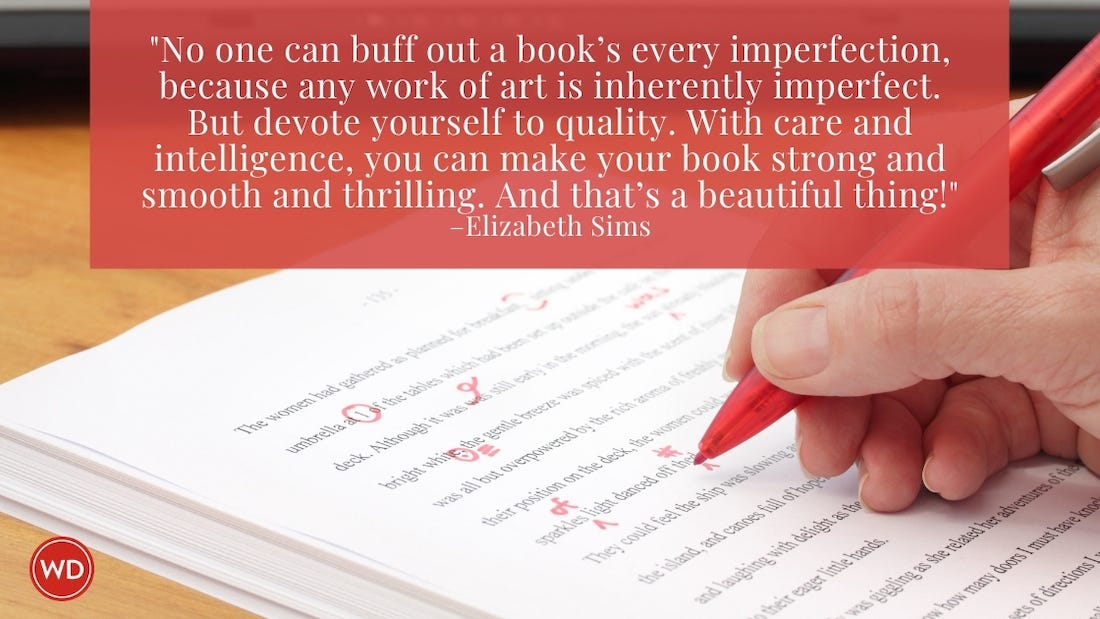Once a writer submits her final manuscript to the publisher and it is accepted,
Beginning Writer’s Answer Book edited by Jane Friedman First of all, you’ll likely be asked to make some revisions, or at the very least read the copyedited manuscript, clarify any…
First of all, you’ll likely be asked to make some revisions, or at the very least read the copyedited manuscript, clarify any vague statements, and respond to any challenges of fact. Then you may have to read either
galley or page proofs (the typeset copy) to check for errors on the part of the typesetter or to make last-minute corrections. If you wrote an illustrated book, the publisher may have you review the layout to proofread the captions and compare them against the illustrations to be sure they match.
You may also be asked to provide or proofread the contents page, the glossary, and the bibliography, if any, plus the acknowledgments, and the copyright and permissions page. The jacket copy and your biographical information may be provided for your review as well.
If your book is nonfiction, you may be responsible for providing an index. Usually the publisher will hire the indexer at the author’s expense (this could cost as little as a few hundred dollars or more than a thousand, depending on the length of your book), and the indexing cost appears as a deduction on the first royalty statement.
These are things you may be asked to do. Each publisher works a little differently, but you should be provided guidelines by your editor that clearly state what’s expected of you at each stage of the development and production
process.
Scott Francis is a former editor and author of Writer's Digest Books.








